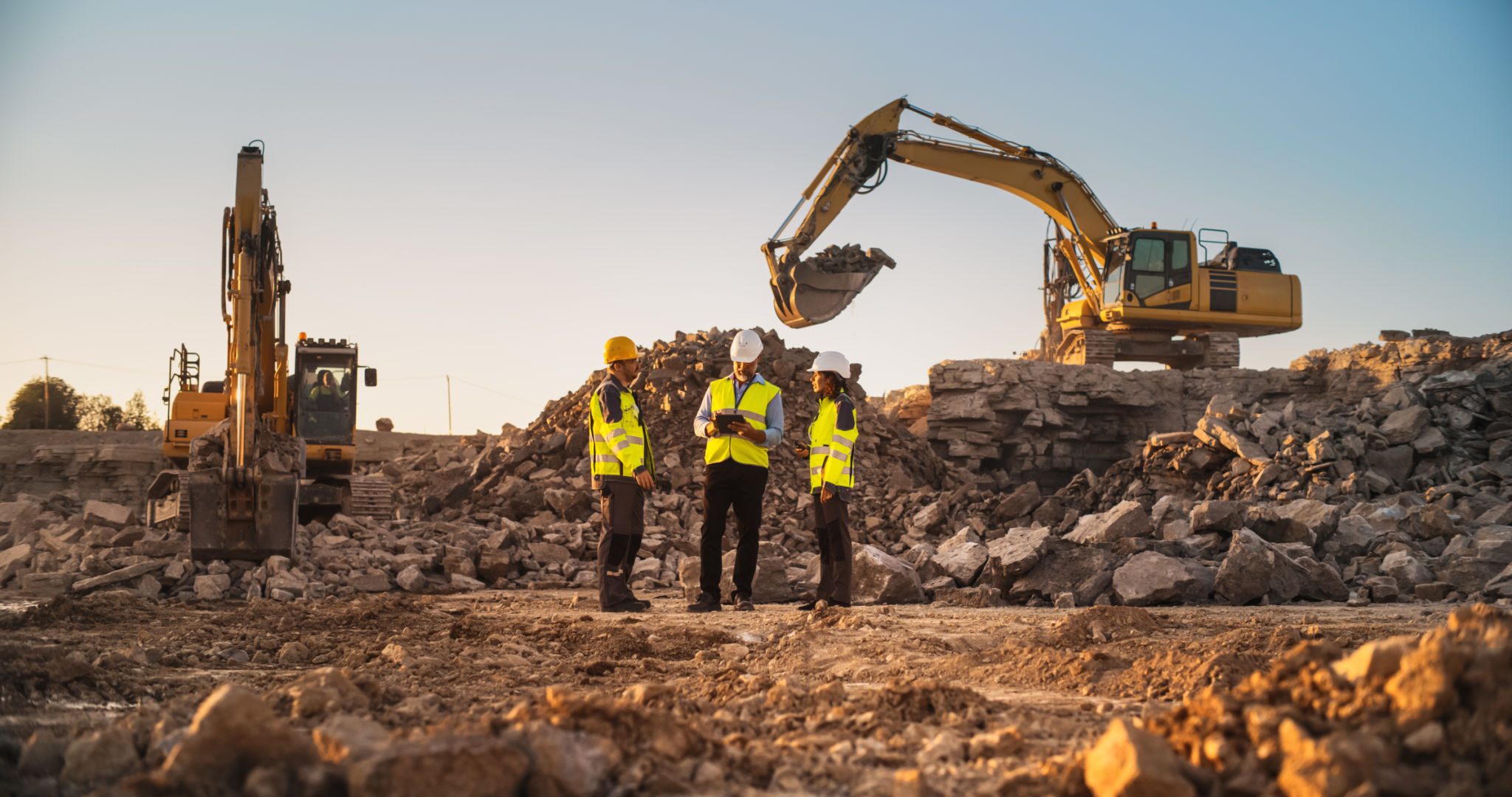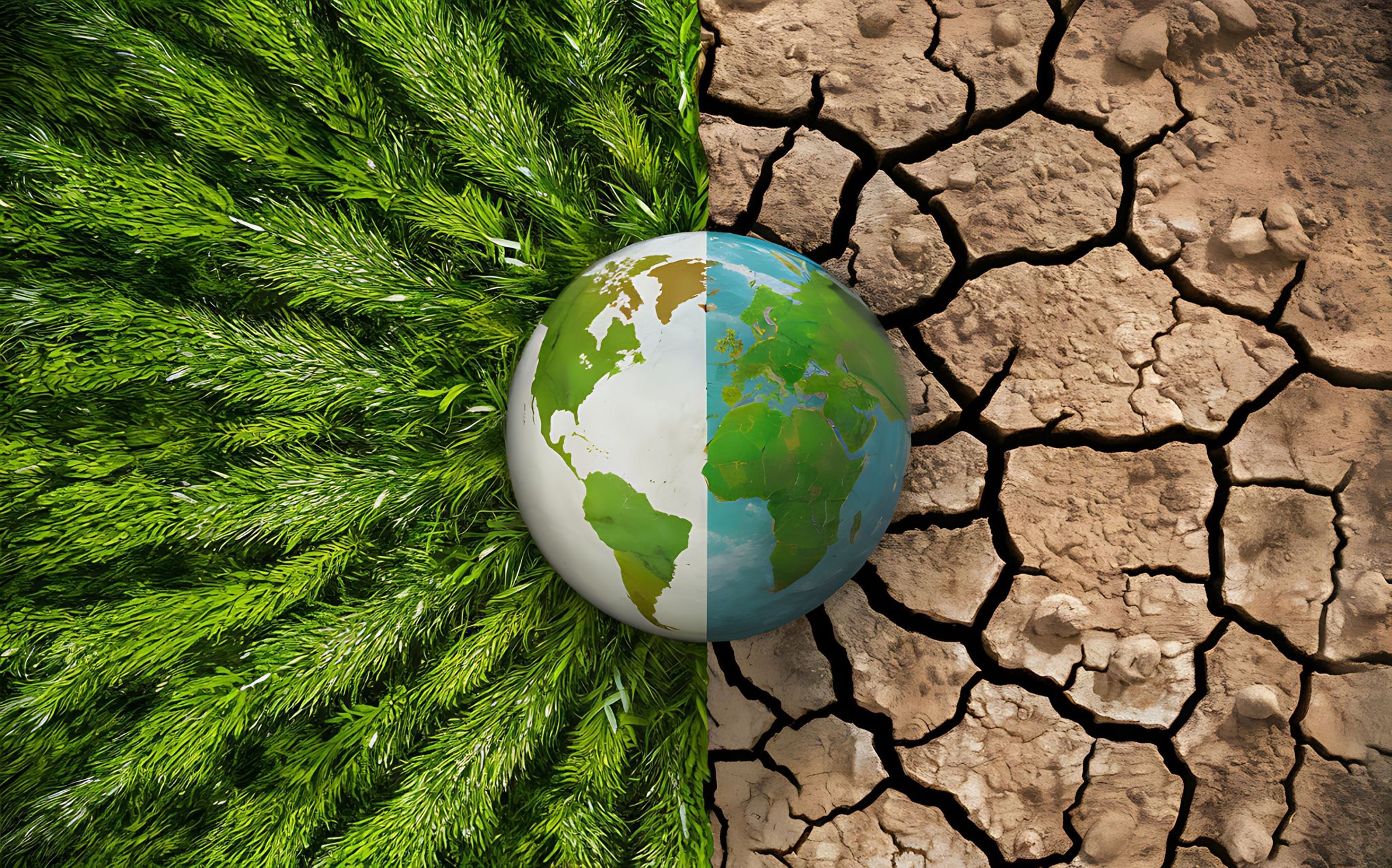Understanding Road Construction Techniques for Fiji's Unique Climate
KT
Introduction to Road Construction in Fiji
Fiji is renowned for its breathtaking landscapes, vibrant culture, and unique climate. However, these characteristics pose distinct challenges for road construction. Understanding the techniques employed to build and maintain roads in Fiji is essential for ensuring infrastructure that can withstand the local environment.

Challenges Posed by Fiji's Climate
Fiji's tropical climate is characterized by heavy rainfall, high humidity, and occasional cyclones. These factors significantly impact road construction and maintenance. Roads must be built to withstand not only the daily wear from vehicles but also the intense weather conditions that can cause rapid deterioration.
The wet season, from November to April, brings heavy rain that can lead to flooding and landslides. This necessitates proper drainage systems to prevent water accumulation on road surfaces. Additionally, the high humidity can accelerate the degradation of materials, requiring careful selection of construction materials and techniques.
Material Selection and Techniques
One of the key considerations in constructing roads in Fiji is the choice of materials. Durable materials like asphalt and concrete are commonly used due to their ability to withstand heavy rainfall and high temperatures. However, local conditions often require modifications to standard formulations to enhance durability.
Innovative construction techniques are also employed to ensure road longevity. For instance, geotextiles may be used to stabilize soil and improve drainage, while reinforced embankments can help prevent erosion in hilly areas.

Drainage Systems and Erosion Control
Effective drainage systems are crucial for managing the heavy rainfall typical in Fiji. Without proper drainage, water can accumulate on road surfaces, leading to damage and increased maintenance needs. Engineers design roads with strategically placed culverts, ditches, and slopes to facilitate efficient water runoff.
Erosion control measures are equally important in preventing road damage. Techniques such as planting vegetation along embankments or using retaining walls help stabilize soil and reduce the risk of landslides, ensuring roads remain safe and operational.
Adaptation to Climate Change
As climate change continues to impact weather patterns globally, Fiji is not exempt from its effects. Rising sea levels and more frequent extreme weather events necessitate adaptive strategies in road construction. Designing roads that can withstand these changes is critical for future infrastructure resilience.

Community Involvement and Sustainable Practices
Involving local communities in road construction projects is a sustainable practice that benefits both the environment and economy. Community engagement ensures that local knowledge and needs are considered, leading to roads that better serve their intended purpose.
Sustainable practices such as using locally sourced materials and minimizing environmental disruptions during construction help reduce the ecological footprint of road projects, aligning with Fiji's commitment to preserving its natural beauty.
Conclusion
The unique climate of Fiji presents challenges that require innovative approaches to road construction. By understanding the specific needs related to material selection, drainage, erosion control, and community involvement, engineers can develop infrastructure that is both durable and sustainable. As Fiji continues to grow and develop, these techniques will play a vital role in supporting its progress while preserving its natural environment.
